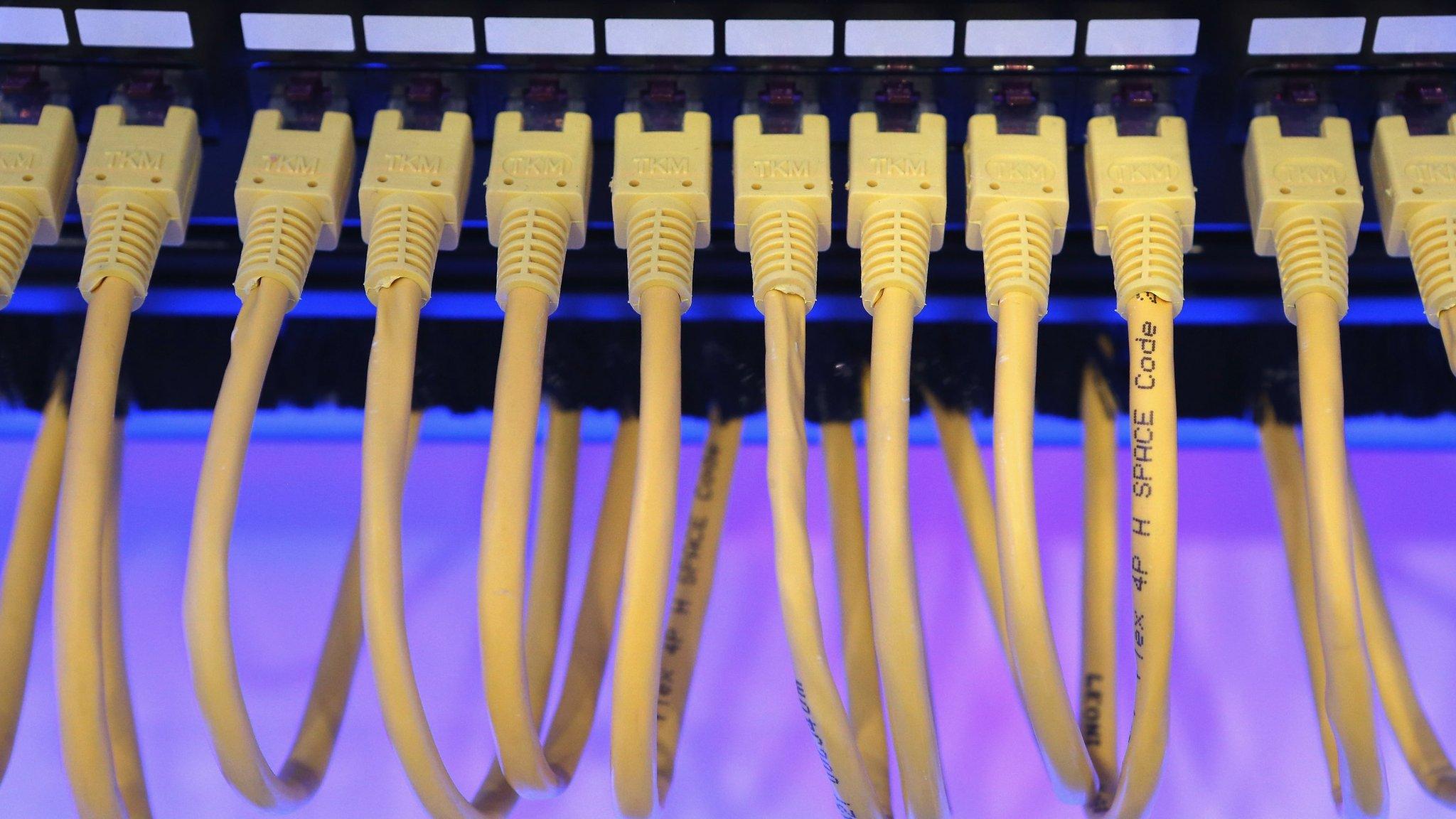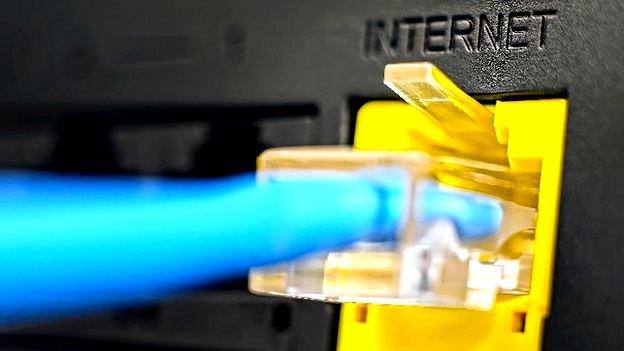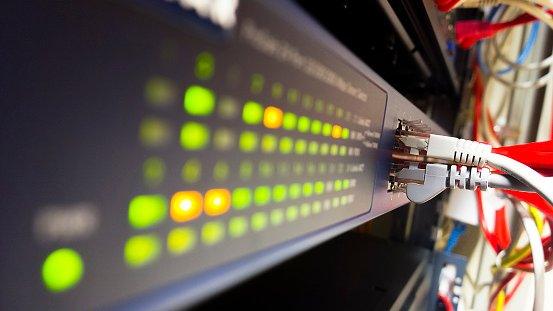Net reaches new addressing scheme milestone
- Published

Everything on the net needs an address to ensure data reaches the right destination
Efforts to convert net users to a new addressing scheme have hit a key milestone.
The novel scheme is needed to help the net support more users and many more smart devices and gadgets.
Now more than 10% of net users are visiting websites using the new system, statistics suggest.
Called IPv6, the protocol replaces an the older version whose pool of addresses is almost depleted.
The figures were gathered by search giant Google, which monitors how people reach its services.
The adoption of IPv6 around the world is patchy, as some nations have deployed it widely while others have ignored it.
Belgium tops the table of most enthusiastic IPv6 adopters, as 44.3% of people in that country can use it to get at Google and other IPv6 sites. Adoption in the US is 25.6% and the UK 2.95%.
Obscure legacy
The net has grown largely on the back of Internet Protocol version 4 (IPv4), which can support a total of four billion addresses.
But the massive growth of the net has meant almost all of these older identifiers have now been used up.
Everything connected to the net needs an address to ensure that data reaches the right destination.
The basic syntax of Internet Protocol version 6 was first agreed 20 years ago, but only in December 2015 did use of it hit 10%, according to Google's figures., external
Adrian Kennard, head of ISP Andrews and Arnold, said now that IPv4 had run out, many people were taking IPv6 a lot more seriously.
"Major sites such as Facebook and Google have adopted IPv6, and pretty much any web site could be using IPv6 now," he told the BBC.
"This means that people that have IPv6 on their devices, as well as IPv4, can now use IPv6 in preference."
Mobile networks are among the biggest users of IPv6, because most modern smartphones are equipped for it.
The vast majority of people online still connect via IPv4, and some ISPs use technology in their networks to translate between the two.
Some are pushing on with projects to convert their networks to IPv6 - in the UK, BT has said its entire network will be able to use IPv6 by the end of 2016.
Running both IPv4 and IPv6 had its problems, said Mr Kennard, though few noticed it as the basic tasks of visiting websites were rarely affected by the internal technology.
"However, sharing IPv4 addresses does stifle innovation and development of new applications and protocols," he said.
"Eventually IPv4 will be some obscure legacy thing, still lingering on a bit," he added. "Sadly, we are probably many years away from that."
- Published25 September 2015

- Published24 September 2015

- Published17 August 2015
- Published22 May 2015
